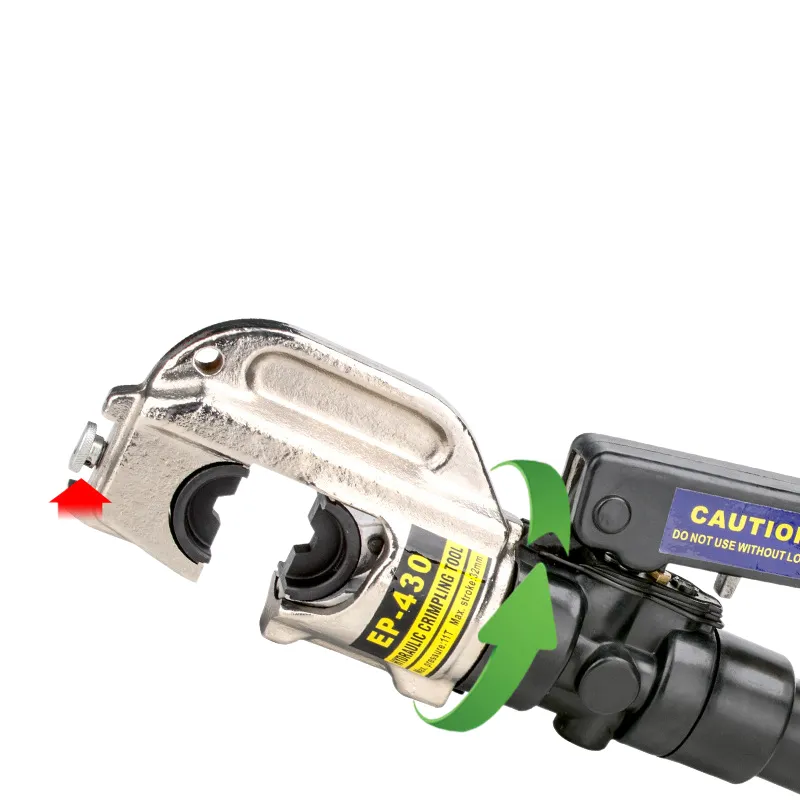
-
 Afrikaans
Afrikaans -
 Albanian
Albanian -
 Amharic
Amharic -
 Arabic
Arabic -
 Armenian
Armenian -
 Azerbaijani
Azerbaijani -
 Basque
Basque -
 Belarusian
Belarusian -
 Bengali
Bengali -
 Bosnian
Bosnian -
 Bulgarian
Bulgarian -
 Catalan
Catalan -
 Cebuano
Cebuano -
 Corsican
Corsican -
 Croatian
Croatian -
 Czech
Czech -
 Danish
Danish -
 Dutch
Dutch -
 English
English -
 Esperanto
Esperanto -
 Estonian
Estonian -
 Finnish
Finnish -
 French
French -
 Frisian
Frisian -
 Galician
Galician -
 Georgian
Georgian -
 German
German -
 Greek
Greek -
 Gujarati
Gujarati -
 Haitian Creole
Haitian Creole -
 hausa
hausa -
 hawaiian
hawaiian -
 Hebrew
Hebrew -
 Hindi
Hindi -
 Miao
Miao -
 Hungarian
Hungarian -
 Icelandic
Icelandic -
 igbo
igbo -
 Indonesian
Indonesian -
 irish
irish -
 Italian
Italian -
 Japanese
Japanese -
 Javanese
Javanese -
 Kannada
Kannada -
 kazakh
kazakh -
 Khmer
Khmer -
 Rwandese
Rwandese -
 Korean
Korean -
 Kurdish
Kurdish -
 Kyrgyz
Kyrgyz -
 Lao
Lao -
 Latin
Latin -
 Latvian
Latvian -
 Lithuanian
Lithuanian -
 Luxembourgish
Luxembourgish -
 Macedonian
Macedonian -
 Malgashi
Malgashi -
 Malay
Malay -
 Malayalam
Malayalam -
 Maltese
Maltese -
 Maori
Maori -
 Marathi
Marathi -
 Mongolian
Mongolian -
 Myanmar
Myanmar -
 Nepali
Nepali -
 Norwegian
Norwegian -
 Norwegian
Norwegian -
 Occitan
Occitan -
 Pashto
Pashto -
 Persian
Persian -
 Polish
Polish -
 Portuguese
Portuguese -
 Punjabi
Punjabi -
 Romanian
Romanian -
 Russian
Russian -
 Samoan
Samoan -
 Scottish Gaelic
Scottish Gaelic -
 Serbian
Serbian -
 Sesotho
Sesotho -
 Shona
Shona -
 Sindhi
Sindhi -
 Sinhala
Sinhala -
 Slovak
Slovak -
 Slovenian
Slovenian -
 Somali
Somali -
 Spanish
Spanish -
 Sundanese
Sundanese -
 Swahili
Swahili -
 Swedish
Swedish -
 Tagalog
Tagalog -
 Tajik
Tajik -
 Tamil
Tamil -
 Tatar
Tatar -
 Telugu
Telugu -
 Thai
Thai -
 Turkish
Turkish -
 Turkmen
Turkmen -
 Ukrainian
Ukrainian -
 Urdu
Urdu -
 Uighur
Uighur -
 Uzbek
Uzbek -
 Vietnamese
Vietnamese -
 Welsh
Welsh -
 Bantu
Bantu -
 Yiddish
Yiddish -
 Yoruba
Yoruba -
 Zulu
Zulu


Ное . 29, 2024 17:19 Back to list
100 meters of durable fish tape for efficient wiring and installation tasks
The Versatility and Importance of 100m Fish Tape in Wiring Jobs
In the world of electrical work, precision and efficiency are paramount. One tool that stands out for its versatility and practicality is the fish tape, especially the 100-meter variant. This invaluable tool is commonly used by electricians for routing wires through walls, conduits, and ceilings, making the seemingly daunting task of managing cables much simpler and more organized.
Understanding Fish Tape
Fish tape, also known as draw tape, is a long and flexible tool made from metal or fiberglass. The design allows electricians to push or pull wiring through tight spaces that are otherwise hard to access. While fish tapes come in various lengths, a 100-meter fish tape is the ideal choice for larger jobs, offering ample reach for significant runs in commercial and residential settings.
Why Choose a 100m Fish Tape?
The primary advantage of a 100-meter fish tape is its length. Many residential projects may require the routing of wires through extensive wall cavities or between floors, making a 100-meter tape an essential tool for convenience and efficiency. With this length, electricians can minimize the need for splicing and reduce the number of junction boxes required, leading to a cleaner and safer installation.
Moreover, the construction material of the fish tape can greatly influence its performance. Metal fish tapes are robust and can handle heavier wiring, but they are prone to rusting. On the other hand, fiberglass tapes are lightweight and resistant to corrosion, making them ideal for outdoor work and humid environments. Choosing the right material—especially when working with a 100-meter length—ensures that the tool can handle the demands of the job without failure.
Practical Applications
Electrical contractors rely on fish tape for various applications beyond just wiring installations. For example, it can facilitate the installation of low-voltage systems like data and communication cables. In large commercial buildings where distance becomes a challenge, a 100-meter fish tape can help navigate multiple floors or long runs with ease.
100m fish tape

In addition, troubleshooting existing wiring can be made more manageable with fish tape. Electricians can use it to pull a wire through walls where older wiring may have failed or when upgrades are necessary. This is particularly useful in retrofitting scenarios where space is limited and access to existing wiring is obstructed.
Tips for Effective Use
When using a 100-meter fish tape, proper techniques can enhance its effectiveness. Begin by ensuring that all bends and turns are smooth—this avoids snags that can lead to frustration during the pulling process. Always feed the tape into the conduit or wall cavity in a straight line to minimize resistance.
When using fiberglass fish tape, ensure that the tape is clean and dry to prevent it from snagging or breaking. If your project requires navigating through very tight spaces, consider using a smaller guide wire to help lead the fish tape through.
Safety Considerations
As with any tool, safety is paramount. Always wear appropriate safety gear, including gloves and eye protection, as fish tape can snap back if it gets caught on something unexpectedly. Additionally, be aware of any electrical hazards in the area when routing wires, and always de-energize circuits before beginning your work.
Conclusion
The 100-meter fish tape is an indispensable tool in the arsenal of electricians. Its combination of length, flexibility, and versatility makes it perfect for navigating the complexities of modern wiring installations. By understanding how to use this tool effectively and safely, electricians can save time, reduce labor costs, and enhance the overall quality of their work. As technology continues to evolve, the fish tape remains a testament to the importance of reliable, simple tools in the realm of electrical work.
Latest news
duct-rodders-and-conduit-rod-tools
NewsAug.22,2025
ratchet-pullers-and-wire-tightening-tools
NewsAug.22,2025
chain-ratchet-pullers-and-hoist-solutions
NewsAug.22,2025
telescopic-hot-stick-for-electrical-and-high-voltage-use
NewsAug.22,2025
cable-clamp-and-insulated-cable-clamp-systems
NewsAug.22,2025
duct-rodder-conduit-rodder-and-cable-solutions
NewsAug.22,2025








